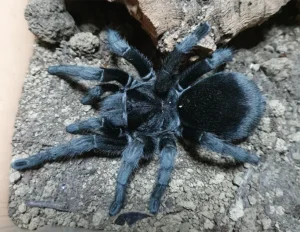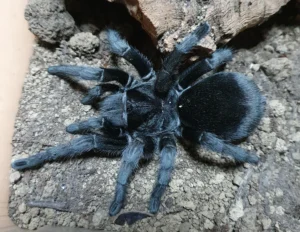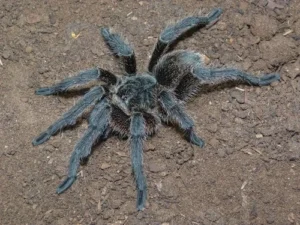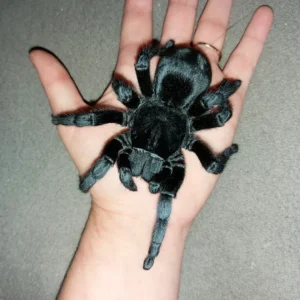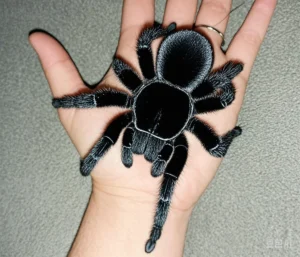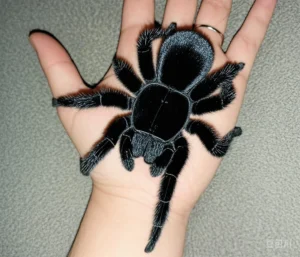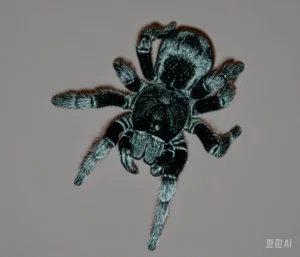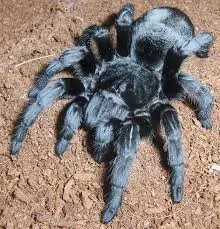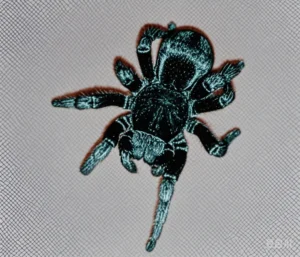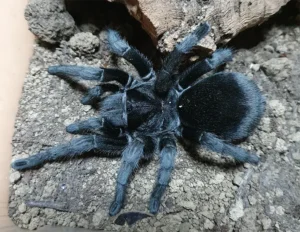Tarantula Ecology
Thermoregulation Strategies of Grammostola pulchra in Arid Grassland Ecosystems
Introduction: Living in Extremes
*Grammostola pulchra* inhabits grassland and scrubland ecosystems in southern Brazil and Uruguay, which can experience significant temperature fluctuations – hot daytime sun and cooler nights. As ectotherms (“cold-blooded”), tarantulas rely on external heat sources to regulate their body temperature. Maintaining an optimal temperature range is crucial for metabolic processes, digestion, growth, and activity.
The Ectothermy Challenge
Unlike mammals and birds (endotherms), tarantulas cannot generate significant internal body heat. Their body temperature largely mirrors that of their immediate surroundings. This means they must actively behave in ways that expose them to favorable temperatures and avoid lethal extremes (both overheating and chilling).
Behavioral Thermoregulation Strategies
*Grammostola pulchra* employs several behavioral tactics to manage its body temperature:
- Basking: Emerging partially or fully from the burrow, especially during cooler mornings or evenings, to absorb radiant heat from the sun. This is often subtle, perhaps just exposing the carapace or legs at the burrow entrance.
- Shade Seeking: Retreating into the burrow during the hottest parts of the day to escape high surface temperatures. Burrows offer a significantly cooler and more stable microclimate.
- Microhabitat Selection: Choosing burrow locations (e.g., under vegetation, in shaded banks) that offer natural protection from direct sun.
- Activity Timing: Being primarily crepuscular (active at dawn/dusk) or nocturnal allows them to avoid the temperature extremes of midday.
Understanding how tarantulas regulate body temperature highlights their sophisticated behavioral adaptations.
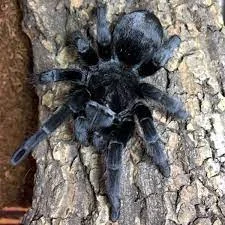
The Importance of the Burrow Microclimate
The burrow is the cornerstone of *G. pulchra*’s thermoregulatory strategy. Soil acts as an excellent insulator. Measurements in similar ecosystems show that even a few centimeters below the surface, temperature fluctuations are dramatically reduced compared to the air temperature. Deeper burrows provide even greater stability, creating a thermal refuge.
As noted by researchers studying desert invertebrates (Wikipedia: Thermoregulation in invertebrates), burrowing is a common and effective strategy for ectotherms in environments with temperature extremes.
Physiological Adaptations (Limited)
While behavior is primary, some limited physiological adaptations might exist. Tarantulas possess hemolymph (their “blood”) that circulates throughout the body. Changes in posture (e.g., flattening against a warm surface) might slightly influence heat absorption rates. However, they lack sophisticated internal mechanisms like sweating or shivering seen in endotherms. Their metabolic rate is temperature-dependent, slowing down significantly in cold conditions.
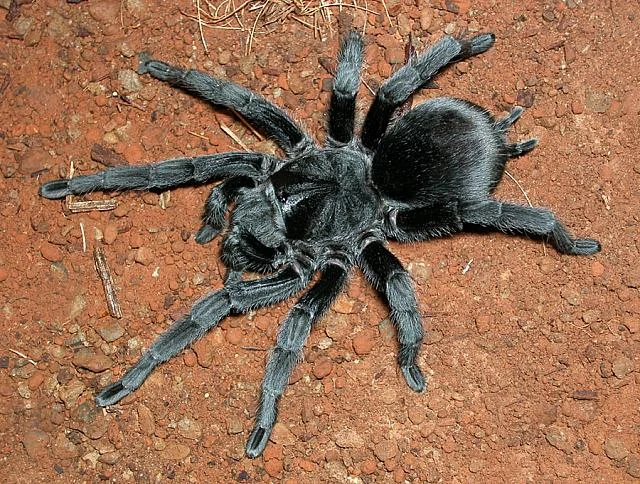
Implications for Captive Care
Understanding these natural strategies informs captive husbandry:
- Temperature Gradients: While *G. pulchra* is adaptable, providing a slight temperature gradient (a warmer side and a cooler side) within the enclosure allows the tarantula to choose its preferred temperature. A range generally around 70-80°F (21-27°C) is often recommended.
- Importance of Hides/Burrows: Providing secure hides and deep substrate for burrowing allows the tarantula to behaviorally thermoregulate effectively by choosing its microclimate.
- Avoiding Extremes: Ensure the enclosure is not placed in direct sunlight or near drafts that could cause overheating or chilling.
Observation is Key: Observing where your tarantula spends most of its time can give clues about whether the ambient temperature is comfortable for it.
Information sourced from general principles of ectotherm thermoregulation and tarantula ecology.

